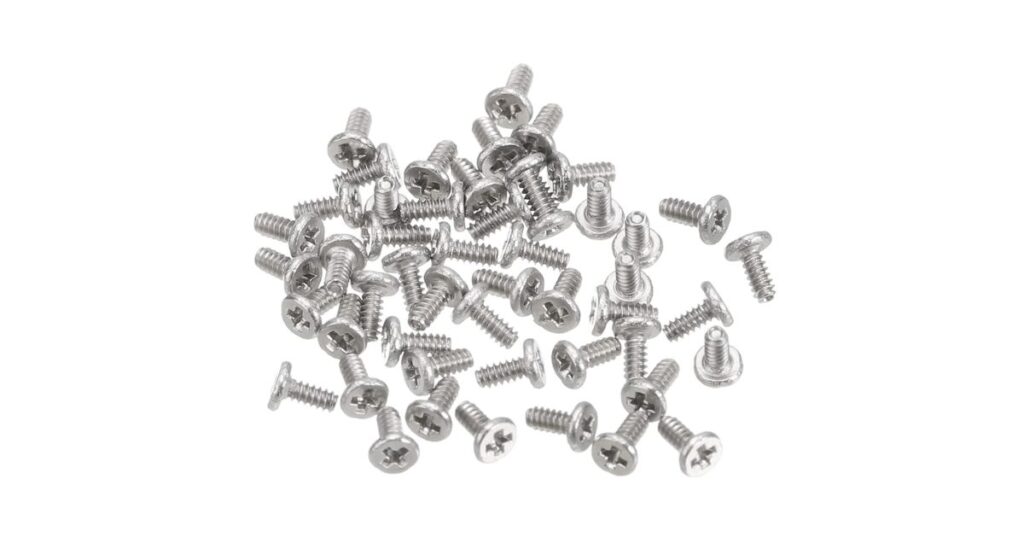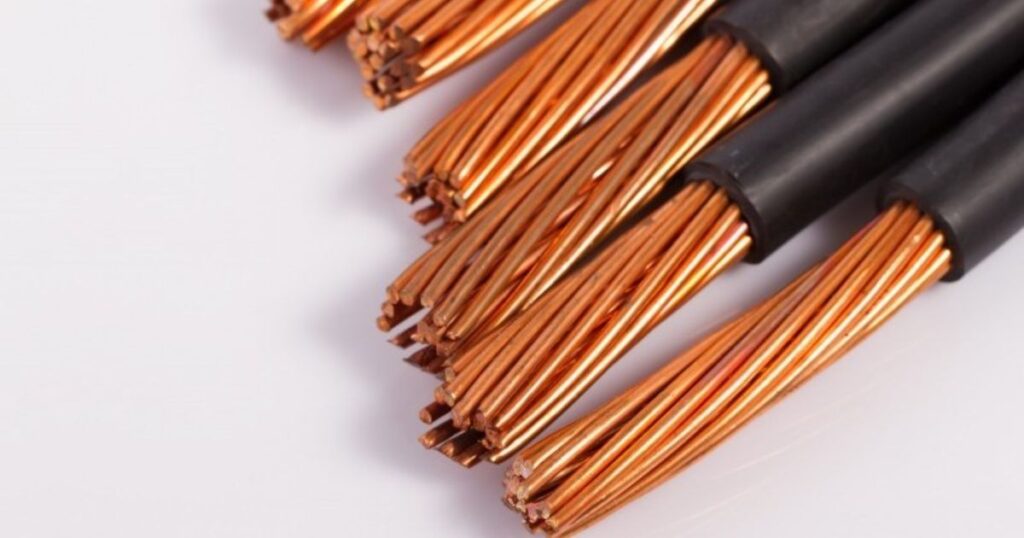Ever wondered about the tiny things that measure just 2 millimeters? This seemingly small measurement plays a crucial role in our daily lives, from the technology we use to the food we eat. Let’s explore these fascinating objects that share this precise dimension and understand why their size matters.
How Thick is 2 mm?
Two millimeters equals 0.2 centimeters or two-thousandths of a meter, a measurement that proves essential in both precision engineering and everyday items. This tiny length might seem insignificant, but it’s a critical dimension that determines the functionality of many objects we encounter daily.
Engineers and designers rely on this exact measurement to ensure components fit perfectly together, especially in modern electronics and precision instruments. Understanding this scale helps us appreciate the intricate engineering behind many common objects.
For reference, imagine stacking two credit cards together – that’s roughly 2mm. This measurement serves as a practical benchmark when considering the size of small objects in our world.
Understanding Scale and Precision
In today’s manufacturing world, precision at the millimeter scale makes the difference between success and failure. Modern tools can measure even smaller increments, but 2mm represents an important threshold where objects become clearly visible to the naked eye while remaining small enough for delicate work.
Manufacturing tolerances at this scale require sophisticated equipment and careful quality control. Engineers must account for factors like thermal expansion and material properties when working with components of this size.
The importance of 2mm precision extends beyond manufacturing into fields like medicine, where exact measurements can impact patient outcomes and device functionality.
Things That Are 2 mm Long/Thick
Everyday objects measuring 2 millimeters showcase the precision in both manufactured items and nature. From tiny electronic components to natural seeds, this measurement proves essential in countless applications across industries and daily life.
1. Seeds

Nature demonstrates remarkable consistency with many plant species producing seeds measuring approximately 2mm. Common examples include poppy seeds, petunia seeds, and certain varieties of lettuce seeds, each evolved to this size for optimal dispersal and germination.
Gardeners and agriculturists rely on this consistent seed size for precise planting depths and spacing. The 2mm dimension allows seeds to be easily handled while remaining small enough for efficient storage and distribution.
Modern seed companies use this standardized size for packaging and processing, ensuring uniform planting results for both commercial farmers and home gardeners.
2. Thin Guitar Pick

Guitar picks measuring 2mm in thickness occupy a specific niche in musical instrument accessories. This measurement provides enough rigidity for precise control while maintaining the flexibility needed for expressive playing styles.
Professional musicians often choose picks of this thickness for specific genres or techniques, particularly in jazz and classical guitar playing. The material composition works in conjunction with the thickness to produce distinct tonal characteristics.
Manufacturing these picks requires precise tolerances to ensure consistent performance and feel for musicians who rely on them for their signature sound.
3. Credit Card Thickness

The standardized thickness of credit cards at approximately 2mm represents a crucial international standard in the financial industry. This precise measurement ensures compatibility with card readers, ATMs, and point-of-sale terminals worldwide.
Manufacturing processes maintain strict tolerances to meet ISO standards for payment cards, combining multiple layers of plastic and electronic components. The consistency in thickness allows for reliable card processing while providing enough space for embedded chips and magnetic stripes.
The durability of credit cards depends heavily on this specific thickness, balancing flexibility for daily use with strength to prevent damage over time.
4. Watch Components

Many internal components in traditional watches measure precisely 2mm, from gear wheels to specific movement parts. This dimension has evolved through centuries of watchmaking tradition to provide optimal performance in mechanical timepieces.
Modern watchmakers continue to rely on these measurements for both practical and aesthetic reasons. The precise sizing allows for efficient power transfer while maintaining the slim profiles that consumers prefer.
These components demonstrate the intersection of engineering precision and artistic craftsmanship in horological design.
5. Tiny Screws

Precision screws measuring 2mm in diameter form the backbone of modern electronics assembly. These miniature fasteners play a crucial role in smartphones, laptops, and other portable devices where space comes at a premium.
Manufacturing these tiny components requires extreme precision, with tolerances often measured in micrometers. Their small size allows for secure connections without adding bulk to devices, making them essential in modern manufacturing.
These screws typically feature specialized thread patterns designed for specific applications, from consumer electronics to medical devices. Their reliability depends on exact sizing and proper installation techniques.
6. Circuit Board Traces

Standard circuit board traces measuring 2mm in width represent a common specification in electronic design. This width provides reliable current capacity while allowing for efficient space utilization on printed circuit boards.
Electronics manufacturers choose this dimension to balance signal integrity with manufacturing costs. The consistent width ensures proper heat dissipation and current handling capability across various applications.
Modern electronics increasingly rely on precise trace dimensions for both power delivery and signal routing in complex circuits.
7. Contact Lens Edges

The edge thickness of many contact lenses measures approximately 2mm, a crucial dimension for both comfort and optical performance. This measurement results from extensive research in eye health and vision correction.
Optometrists rely on this standardized thickness to ensure proper fit and oxygen permeability for their patients. The precise dimension allows for optimal tear flow while maintaining lens stability on the eye.
Manufacturing processes maintain strict tolerances on these measurements to ensure consistent quality and performance across different lens designs.
8. A Rice Grain

The average width of a rice grain measures approximately 2mm, a dimension that affects cooking properties and agricultural processing. This standardized size influences everything from cooking times to storage requirements in commercial operations.
Rice processors use this measurement as a quality control standard, ensuring consistent product sizes for different varieties and grades. The precise width affects how the grain absorbs water and cooks, impacting the final texture of prepared dishes.
Understanding these dimensions helps chefs and food manufacturers develop precise cooking instructions and perfect their recipes for consistent results.
8. Copper Wire

In electrical applications, 2mm diameter copper wire serves specific current-carrying requirements. This size provides an optimal balance between conductivity and space efficiency in many residential and light commercial installations.
Electricians rely on this standard size for consistent performance in various applications, from household wiring to specialized electronic equipment. The precise diameter ensures proper heat dissipation and current capacity while remaining manageable for installation.
Modern manufacturing processes maintain strict tolerances on wire diameter to meet safety standards and performance requirements across different applications.
10. An Ant

Many common ant species measure approximately 2mm in length, a size that proves optimal for their survival needs. This dimension allows them to navigate their environment efficiently while maintaining the strength-to-weight ratio necessary for their tasks.
Scientists study these precisely-sized insects to understand biomechanics and efficient design principles. Their natural engineering provides inspiration for various fields, from robotics to materials science.
The consistent size of worker ants within a species demonstrates nature’s precision in evolutionary development.
11. Beads

Jewelry makers and crafters frequently work with 2mm beads, which provide the perfect size for creating intricate designs and delicate patterns. These tiny spheres, typically made from glass, metal, or high-quality plastic, serve as building blocks for everything from simple bracelets to complex artistic pieces.
Professional jewelers often choose 2mm beads for their versatility in both traditional and contemporary designs. The precise size allows for consistent spacing and smooth transitions between elements, creating professional-looking finished pieces.
These small beads also play a crucial role in cultural traditions, appearing in ceremonial garments and religious artifacts worldwide. Their standardized size ensures uniformity in mass-produced jewelry while maintaining aesthetic appeal.
12. Standard Pencil Lead

The 2mm lead diameter represents an optimal balance between writing precision and durability in mechanical pencils. This standardized size emerged from decades of development in writing instrument design, offering users the perfect combination of control and line clarity.
Professional artists and technical drafters particularly value 2mm leads for their ability to maintain a consistent line weight. The lead’s composition allows for various hardness grades, from soft 6B to hard 6H, while maintaining the same precise diameter.
Modern manufacturing techniques ensure these leads maintain exact dimensions throughout their length, preventing jamming in mechanical pencils and providing reliable performance for detailed work.
Impact on Modern Technology
The significance of 2mm precision extends beyond individual components to influence entire design philosophies in modern technology. This measurement standard helps drive miniaturization while maintaining functionality in various devices.
Engineers increasingly rely on components of this scale to create more compact and efficient products. The ability to precisely manufacture and assemble 2mm parts enables the development of smaller, more powerful devices.
Understanding and working with this scale continues to drive innovation across multiple industries.
Read More: 16 Common Things That Are 50 mm Long or Big
Conclusion
The 2-millimeter dimension, though small, plays a crucial role in both natural and manufactured objects. From the precise engineering of electronic components to the evolutionary development of seeds and insects, this measurement represents a fundamental scale in our world.
Understanding these common examples helps appreciate the importance of precision in various fields. Whether in manufacturing, nature, or everyday objects, 2mm measurements continue to influence design and functionality.
As technology advances, the ability to work precisely at this scale becomes increasingly important for future innovations and developments.
